News
Sign up for recent trade news that can affect your business:
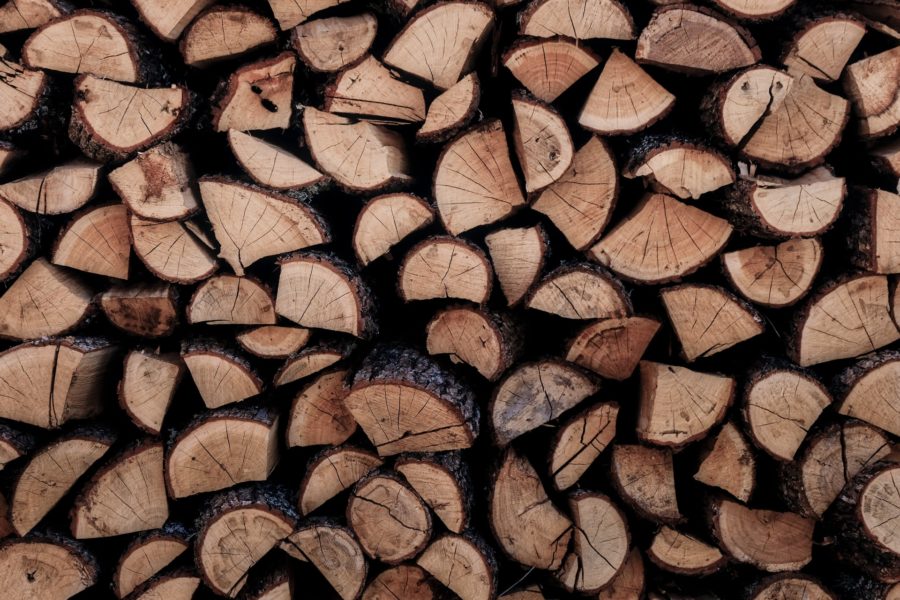
Beginning July 1, 2020, U.S. Customs and Border Protection will collect assessments on imported softwood lumber covered under the Checkoff on behalf of the Softwood Lumber Board, an industry-funded marketing body first legislated by the 1996 Farm Bill.
Under the Softwood Lumber Checkoff, assessments are collected from importers of record and U.S. manufacturers of softwood lumber. All companies are exempt from paying assessments on their first 15 million board feet shipped to, or within, the United States. A subset of the USDA’s Agricultural Marketing Service, the program is intended to strengthen and expand the position of softwood lumber in the marketplace, while also striving to develop new uses for the product within the United States.
U.S. manufacturers who ship less than 15 mmbf of softwood lumber annually within the U.S. are exempt from paying assessments. Small manufacturers must apply to the Softwood Lumber Board for a Certificate of Exemption by completing an Application For Exemption From Assessment. Companies must provide substantiating documentation; i.e., a statement of previous year annual shipments into the U.S. market, and expectations for shipments in the current year, taken from company records, reports to grading agencies, and so forth. Certificates of Exemption must be requested annually.
U.S. manufacturers and importers who ship domestically or import 15 mmbf or more of softwood lumber per year are exempt from paying assessments on their first 15 mmbf shipped or imported during the applicable year.
The SLB will issue refunds to companies on their first 15 mmbf shipped to the U.S. during each calendar year. To ensure that SLB refunds you the proper amount, please submit a Refund Application once you are done importing for the calendar year, or once you have reached the 15 mmbf exemption threshold for the year. This will help the SLB ensure the accuracy of your refund. Your refund application may be submitted to exempt@softwoodlumberboard.org.
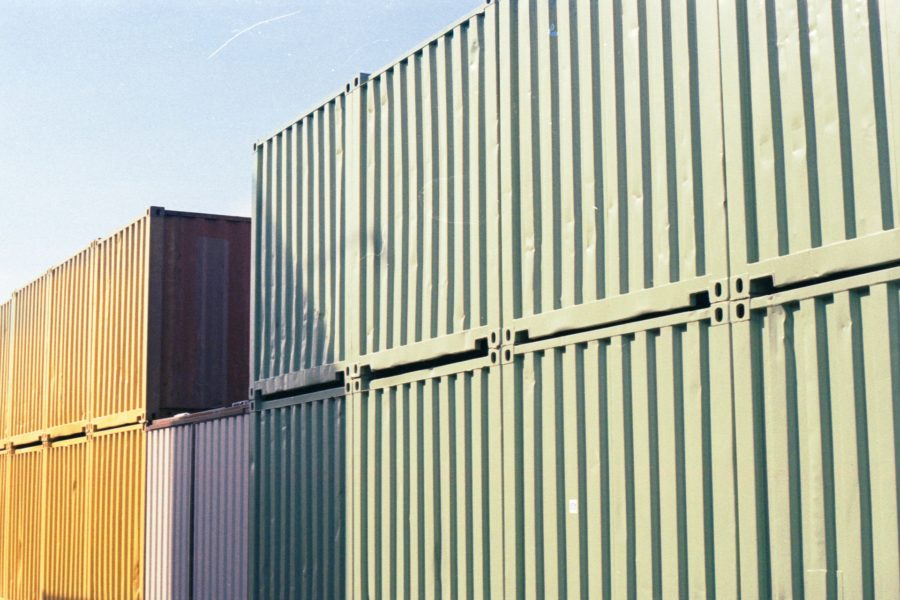
The European Union fired a warning shot at China over its global trade ambitions with an unprecedented tariff decision to counter Chinese subsidies to exporters.
For the first time, the EU on Monday took aim at alleged market-distorting aid granted by a country to exporters located in another state. To date, such European duties have focused only on subsidies provided by the country where the exporters are based.
The dispute involves EU imports from Egypt of glass fiber fabrics, an industrial good used in everything from wind turbines to sports equipment. The two Egyptian exporters of such fabrics are subsidiaries of China Jushi Co. and Zhejiang Hengshi Fiberglass Fabrics Co.
Jushi Egypt for Fiberglass Industry SAE and Hengshi Egypt Fiberglass Fabrics SAE are based in the China-Egypt Suez Economic and Trade Cooperation Zone, which is part of China’s controversial “Belt and Road” global infrastructure-development plan.
The EU said that Jushi Egypt and Hengshi Egypt received financial benefits from the Chinese and Egyptian governments and that the aid, along with subsidies for glass fiber fabrics shipped directly from China, unfairly undercut the bloc’s own producers such as Finland-based Ahlstrom-Munksjo Oyj in the European market.
EU manufacturers that also include European Owens Corning Fiberglas SPRL in Belgium and France-based Chomarat Textiles Industries SAS suffered “material injury,” the European Commission, the 27-nation bloc’s executive arm in Brussels, said in the Official Journal.
China lashed out at the EU decision, saying it violated World Trade Organization rules.
Europe is stepping up efforts to guard against expansionist Chinese commercial policies, part of a balancing act that echoes U.S. concerns about China’s economic rise while aiming to stay within the WTO framework. By contrast, Washington has taken unilateral action against Beijing in ways that sidestep the WTO and that have prompted European criticism.
The EU is threatening in two other trade investigations to target alleged Chinese aid to exporters based outside China. One inquiry by the commission focuses on EU imports of glass fiber reinforcements from Egypt; the other probe covers shipments of stainless steel from Indonesia to the bloc.
Jushi Egypt and Hengshi Egypt are related through a bigger Chinese parent company — China National Building Material Group. The EU anti-subsidy duty on glass fiber fabrics from Egypt is for five years.
(Source: Yahoo Finance)
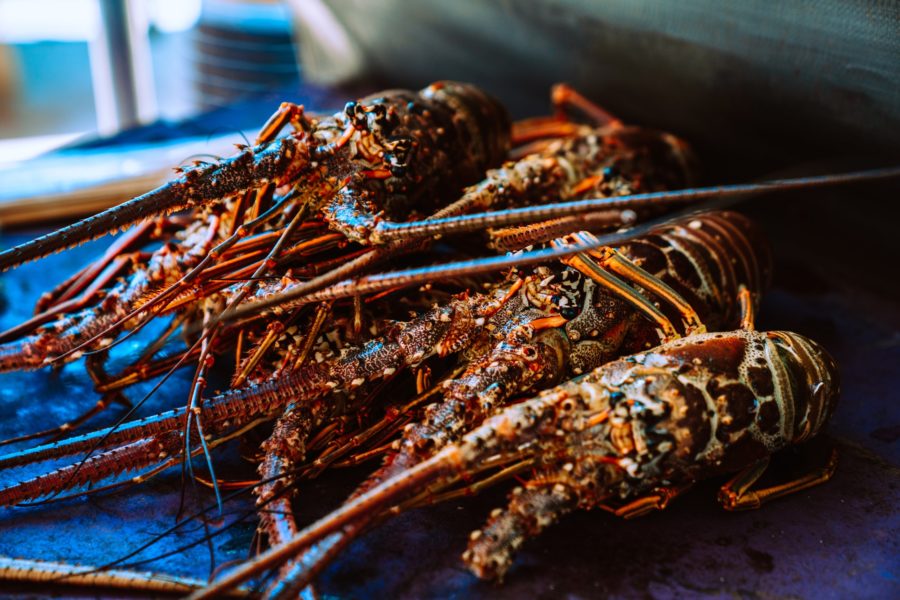
After some hostile moves during the worst of the COVID-19 crisis, Trump is now threatening more tariffs on Europe in the name of Maine lobster.
That’s led the European Union, which already has its hands full trying to rebuild trust among its own members, to give up pretending a positive trade breakthrough with the Americans is on its way. After a year of fraught talks over a very limited trade deal, Phil Hogan, the EU’s top trade official, last week blamed the U.S.’s “preelection phase” for talks stalling. While not a shock — the chances of a deal were once put at fifty-fifty — Hogan had been optimistic about “refreshing” transatlantic ties as recently as January.
Even if the far bigger economic pain right now is virus-related, it’s still bad news for a transatlantic market that’s historically enjoyed the world’s deepest economic relationship, covering the equivalent of one-third of global GDP, according to Bart Oosterveld at the Atlantic Council, a think tank.
But as Europeans weigh how hard to hit back, depending on an expected go-ahead by the World Trade Organization, they should bear in mind the possibility that — judging by Joe Biden’s poll lead — the key instigator of these tariff spats could be out of the picture in just a few months. As bad as things look now, there is hope that ties can be repaired.
A tariff truce would be low-hanging fruit for any future U.S. administration wanting to reengage with European allies. Trump’s taxes on European goods have done little to extract meaningful concessions or close the bilateral trade gap. Beyond the risible language, his threat to hit German cars with tariffs in the name of “national security” has failed to bully Europe into accepting perennial American trade demands such as opening up access to its agricultural market. The menace has alienated allies while receiving no noticeable support from domestic automakers in the U.S.
This isn’t to say that all trade tensions began with Trump and will end with his presidency. Even under Barack Obama, Europeans and Americans found themselves in deep disagreement on trade norms, extra-territorial sanctions and the regulation of Big Tech — U.S. companies that Washington will probably want to protect, whoever’s in charge. Voter consensus has shifted against free-market globalization in both continents, making a big trade deal less likely than ever. Sino-American competition will likely keep pushing Europe to assert itself on the world stage.
Still, it would serve Europe to keep an eye on what could change for the better in its U.S. relationship. Perhaps later this month, when the WTO is expected to approve tariffs that the EU can impose in the fight over aircraft subsidies, the bloc might signal its hope for a thawing of relations by deferring punishment to a later date.
(Source: Bloomberg Opinion)
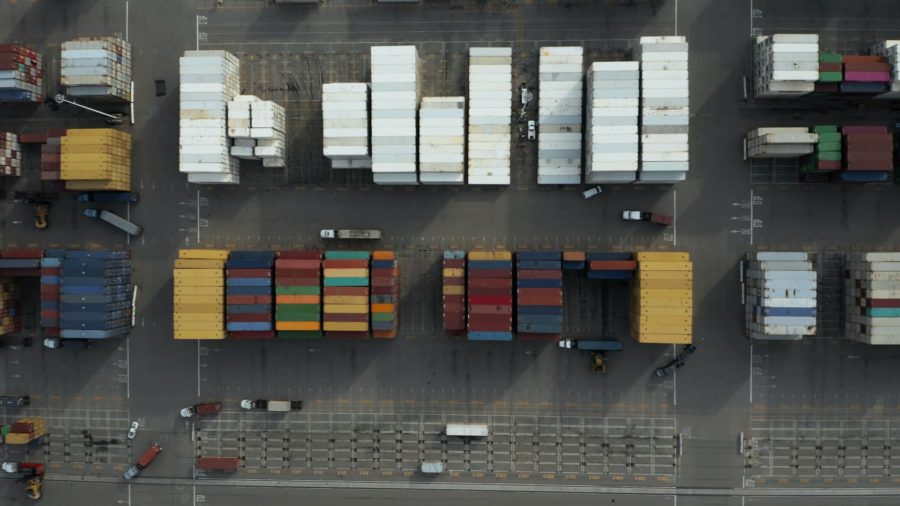
The USTR continues to exclude more products from the administration’s Section 301 punitive surtax ($300 billion trade action, currently subject to 7.5% duty) on List 4A goods from China with an announcement providing duty relief for dozens of goods based on 55 separate exclusion requests made by various U.S. importers.
The exemptions cover two 10-digit Harmonized Tariff Schedule subheadings and 32 specially-prepared product descriptions, as follows:
The excluded HTS subheadings are:
The exclusions with specially-prepared product descriptions include but are not limited to certain of the following:
Click her to check the Federal Register annex for specific details.
These exclusions will apply from September 1, 2019, through September 1, 2020, and apply to any product that satisfies the description in the Federal Register annex, regardless of whether the company using the exclusion filed the request.
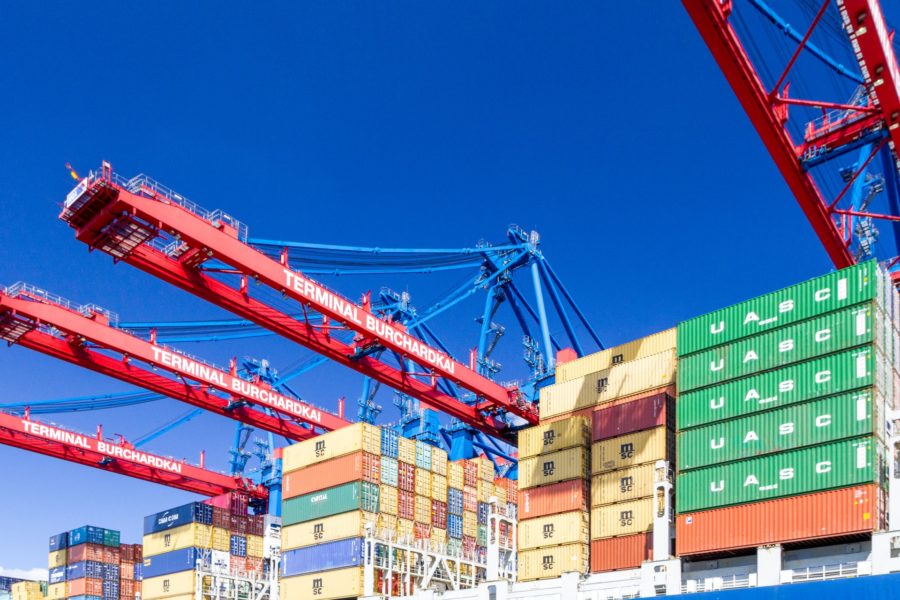
U.S. Customs and Border Protection has published a Federal Register notice setting out the agency’s proposals for modernizing the customs brokers regulations to better align them with CBP’s technological advancements in recent years, such as the agency’s Automated Commercial Environment and Centers of Excellence & Expertise trade initiatives.
CBP proposes to transition all brokers to national permits and to eliminate broker districts and district permits.
In addition to transitioning to a national permitting system, among other changes aimed at further professionalizing the brokerage industry, CBP is proposing to:
Additionally, CBP also proposes to raise the broker license application fees to recover some of the costs associated with reviewing the customs broker license application and conducting the necessary vetting for individuals and business entities.
Licensed brokers have traditionally been required to apply for and operate under a permit for each customs district in which they do business. Under changes proposed by CBP, brokers may now work under a single, national permit.
The current broker regulations are based on the district system in which entry, entry summary, and post-summary activity are all handled by the ports within a permit district. With the transfer in recent years of more trade functions to the Centers of Excellence and Expertise, a significant portion of customs activities, including entry summary and post-summary, are now being handled directly by the ten CEEs across the country.
The structure of CEEs is based on subject matter expertise, as opposed to geographic location, placing them outside of the district system as it currently exists. Therefore, according to CBP, the changes to the broker regulations are needed “to better reflect the current work environment and streamline the customs broker permitting process.”
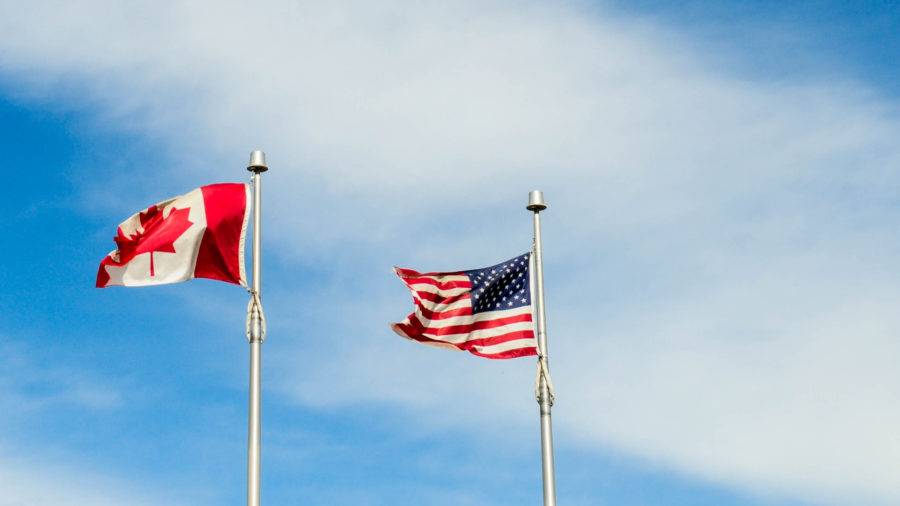
Canada and the United States are set to extend a ban on non-essential travel to late July as both countries seek to control the spread of the coronavirus, according to three sources familiar with the matter.
Washington and Ottawa introduced month-long restrictions in March and renewed them in April and May. The ban, currently due to expire on June 21, does not affect trade.
Canadian and U.S. sources said although the governments had not yet taken a final decision, a further extension was highly likely.
Data show that while the outbreak is slowing across the 10 Canadian provinces, new cases show little sign of abating in Toronto and Montreal, the country’s two largest cities.
(Source: Global News)

An unexpected surge in Asian exports to the United States in late May, causing cargo rolling at Asian ports and a spike in spot rates, warns of future pockets of tight capacity as shippers cautiously increase volumes and carriers plan blank sailings into August.
Tensions are rising between non-vessel operating common carriers (NVOs) and shipping lines, as NVOs charge that carriers are intentionally restricting capacity and overbooking vessels in the eastbound trans-Pacific in order to push freight rates higher. For their part, carriers blame the tight capacity on their customers’ inability to accurately forecast demand during the COVID-19 crisis.
Regardless of the cause, the tensions speak to larger trends in the container shipping industry, namely carriers’ successful management of capacity to meet future volumes and general uncertainty among importers of just how much restocking is needed as the North American economy recovers from the pandemic. These conditions are expected to continue in the coming months.
Carrier executives have said that the tight outbound capacity at Chinese ports resulted from an unexpected late-May spike in US imports. Volumes are increasing as retailers begin to replenish inventories of merchandise that have been moving out of warehouses to store shelves as the U.S. economy begins to reopen.
As a result, spot rates from China to the U.S. West Coast are unusually high right now, especially given the impact of the COVID-19 crisis on US imports from Asia, which fell 1.7 percent year over year in April after plummeting 17.4 percent in March, according to PIERS.
NVOs, however, charged that the spike in the West Coast spot rate is due mostly to carriers restricting capacity from South China to the ports of Los Angeles and Long Beach through blank sailings. Carriers this past month have blanked 36 sailings in the trans-Pacific, according to Sea-Intelligence Maritime Consulting. At the same time, import volumes have increased the past two weeks as some regions of the country reopened businesses that were closed during COVID-19 lockdowns.
“The country is opening faster than expected,” Jon Monroe, a transportation consultant who represents NVOs in Asia and the US, said in a newsletter to clients. Carriers are managing space so tightly through blank sailings that there is a two-week backlog in South China ports for shipments destined to Los Angeles-Long Beach, he said.
“The market is getting more volatile by the day as the surge of bookings continues to increase. This has severely impacted everyone’s capacity and allocations over the last two weeks,” Bennett wrote.
What’s more, Bennett said, “Carriers are taking full advantage of the situation and charging a premium for guaranteed loading or expedited services.”
Carriers said vessels leaving some Chinese ports the past two weeks were booked at 110 percent of capacity. NVOs were reportedly told by some carriers that due to vessel overbooking, their shipments would be rolled to subsequent voyages unless they paid as much as $500 to $700 more per FEU more than the listed rate.
When U.S. containerized imports from Asia plunged in March and April, carriers were planning their sailing schedules a month or so forward, the carrier executives said. Because they were given no insight into retailers’ plans for replenishing their inventories in May, they determined that in order to control costs, they would have to cancel sailings.
Anticipating a slow start to the peak-shipping season that runs from August through October, trans-Pacific carriers since April have canceled more than 120 sailings into July, according to Sea-Intelligence. Retailers likewise are expecting a slow summer shipping season.
The latest Global Port Tracker report, which is published monthly by the National Retail Federation and Hackett Associates, projected double-digit year-over-year declines in total U.S. imports in each month from June through September and a 7.6 percent dip in October.
Back-to-school merchandise traditionally represents the second busiest period of the year for imports from Asia, but this year, many school districts across the U.S. have yet to determine whether students will return to the classrooms in the fall or study virtually from home. This uncertainty is impacting back-to-school imports, which normally enter the country in May and June in order to be on store shelves immediately after July 4. Carriers say this has added yet another layer of uncertainty to the supply chain.
(Source: JOC.com)
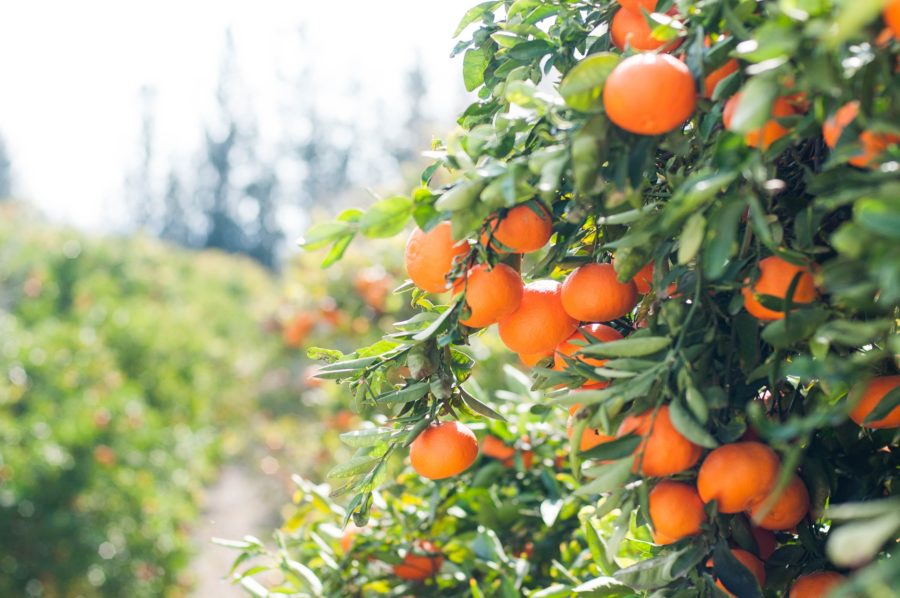
With a CUSMA rollout just on the horizon, some agricultural issues between the U.S. and Mexico remain unresolved.
Kenneth Smith Ramos, Mexico’s former chief CUSMA negotiator, says that Southern growers and USTR remain in discussions about seasonal produce concerns.
Seasonal produce growers mainly in Florida and Georgia had pushed for special provisions in CUSMA that would allow them to more easily petition for anti-dumping or countervailing duties on Mexico, but that was left out of the final deal. Still, they are pushing for an arrangement that will allow them to fight Mexican growers.
Mexican officials have also expressed concern over talk of the U.S. doing more border inspections. Mexico agreed to more frequent inspections as part of a tomato suspension agreement, but Smith Ramos noted there’s a push to extend that to other agricultural goods. Trump also recently suggested the U.S. should terminate any trade deal that allows live cattle to be imported, a move that would effectively invalidate CUSMA.
“On the Mexican side, we’ve seen lately quite a bit of regulatory backtracking primarily by the Environment Ministry that could be problematic because they are suspending import permits for agricultural biotech products even though they are in compliance with Mexican law,” Smith Ramos said at an event hosted by the Washington International Trade Association.
“Hopefully, those will be able to be cleared off the table and we won’t have a dispute, because agriculture is by far one of the biggest success stories of our trade relationship,” Smith Ramos said.
(Source: Politico Morning Trade)

As a result of Canada’s April 3, 2020 ratification of the Canada-United States-Mexico Agreement (CUSMA), the Minister of Small Business, Export Promotion and International Trade has opened the application period for the two new CUSMA export thresholds, effective June 3, 2020:
Year 1 of the export thresholds is for the remainder of the 2020 dairy year, i.e., July 2020. The below-threshold quantities (BTQs) for July only will be issued on an “on demand” basis to eligible processors, as defined in the Notices to Exporters. Eligible exporters can access the BTQs by applying for an export permit from July 1 to July 31. Permits will expire before August 1, 2020. There is no requirement for an allocation application.
Year 2 of the export thresholds is for the August 2020-July 2021 dairy year, and the BTQs will be administered via an allocation policy that requires interested parties to submit a completed application form and, if applicable, information on related persons.
Detailed information regarding the on demand process for Year 1 and the allocation application process for Year 2 is set out in the following Notices to Exporters: Skim Milk Powder and Milk Protein Concentrate and Infant Formula. The Notices also provide information on key dates, quantities, specific allocation policies, eligibility criteria and contact information.
Applications for export permits for Year 1 will be accepted beginning July 1, 2020.
The application deadline for allocations for Year 2 is July 3, 2020.
Year 2 BTQ allocations will be issued on July 13, 2020.
Impact of COVID-19 on the CUSMA dairy export thresholds application process
Given that access to certain Government of Canada facilities has been severely restricted, all applications for the BTQs are to be submitted electronically. Applications will not be accepted via facsimile or mail.
Click here for more information on the dairy export thresholds.

The three North American trading partners have wrapped up talks on uniform regulations to implement CUSMA’s rule of origin, including on autos, with less than four weeks before the deal is set to take effect July 1st.
The three countries releasing the uniform regulations, which still must go through a legal review and be translated to Spanish and French, clears one of the most challenging issues for CUSMA implementation. Officials in the U.S., Mexico and Canada have been working since March to craft the regulations, which include specific formulas and information on how automakers must comply with the new rules to qualify for reduced tariffs under CUSMA.
Automakers have long said complying with the rules will require time-consuming and costly changes. Some North American auto industry officials have expressed concern that they will not be able to comply with the deal’s rules as quickly as the Trump administration would like, given the economic fallout from the pandemic.
The regulations offer some possible flexibility — or at least clarity — for producers. For example, one part of the regulations explains that for producers whose fiscal year begins on January 1st, they can calculate their regional value content over the 18-month period from July 1st to December 31st, 2021.
CUSMA requires that 75% of auto content be made in North America, up from 62.5% from NAFTA.
Click here to read the Uniform Regulations.
(Source: Politico’s Morning Trade)